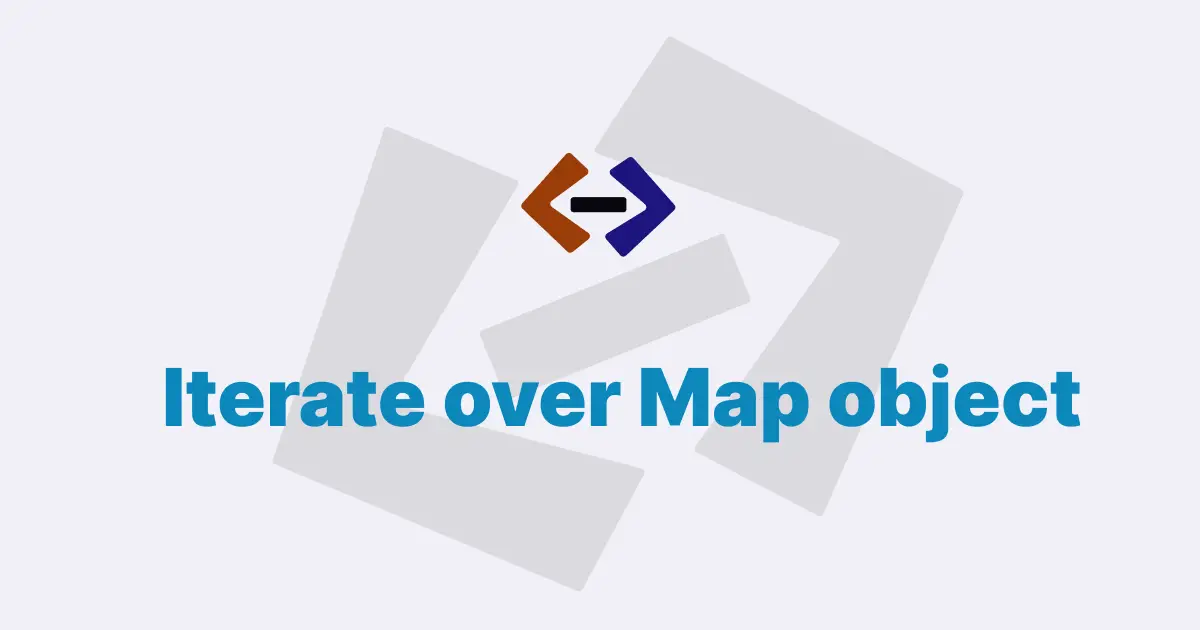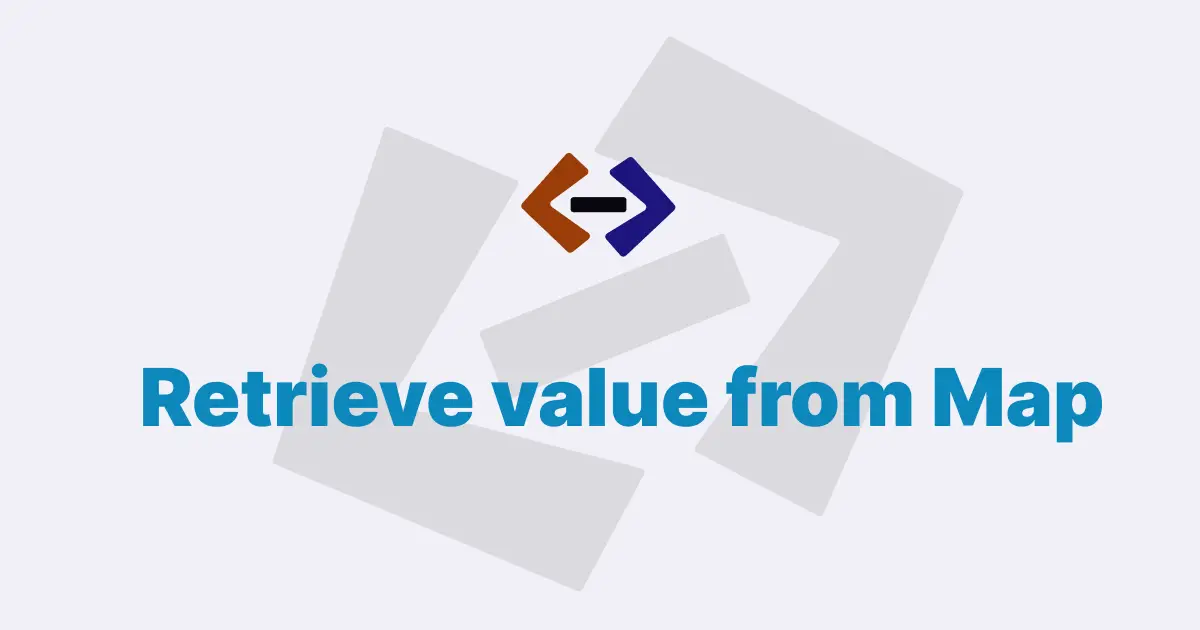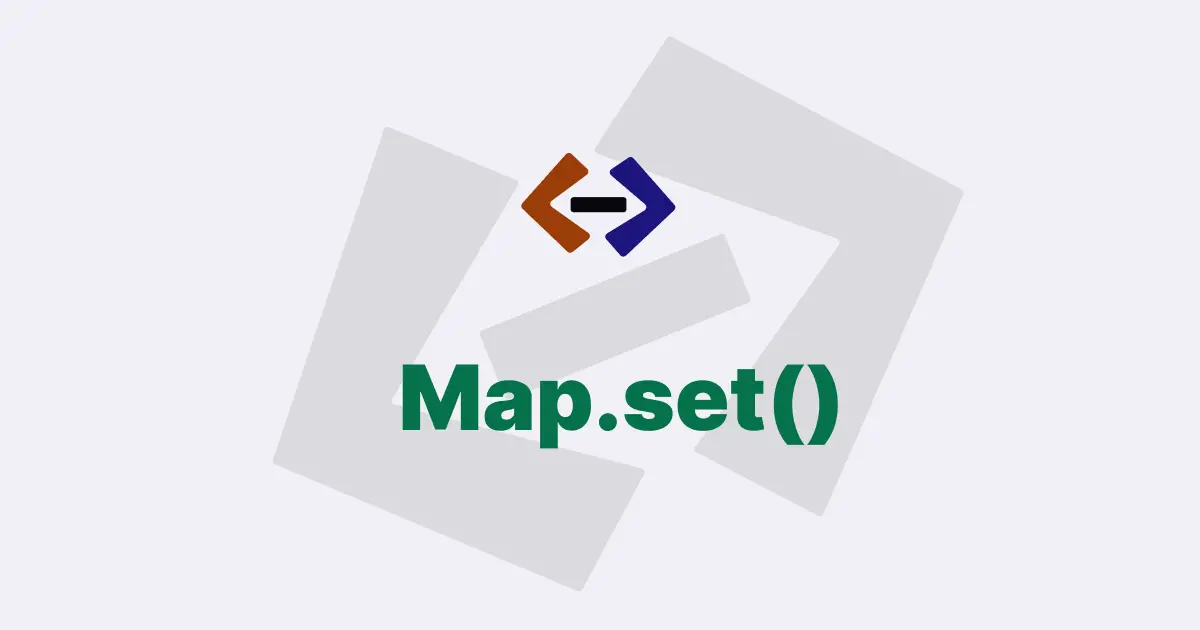In JavaScript, you can create a new Map object using the Map() constructor function.
A Map object is a collection of key-value pairs where the keys can be of any type, including objects, and the values can be of any type as well. This makes Maps a very flexible data structure that can be used in a variety of scenarios.
Here are some basic usecases of Map object:
Declare a new Map variable:
The first step is to declare a new variable to hold your Map object. You can do this using the const, let, or var keywords depending on your needs.
For example:
const myMap = new Map();This creates a new Map object called "myMap". Note that you must use the "new" keyword to create a new Map object.
Add key-value pairs to the Map:
Now that you have declared your Map object, you can start adding key-value pairs to it. You can do this using the set() method on your Map object. The set() method takes two arguments: the key and the value.
For example, let’s say you want to create a Map that stores the names and ages of some people. You could do this like so:
const myMap = new Map();
myMap.set("John", 30);
myMap.set("Jane", 25);
myMap.set("Bob", 40);This creates a new Map object called "myMap" and adds three key-value pairs to it. The keys are the names "John", "Jane", and "Bob", and the values are their respective ages.
Retrieve values from the Map:
Now that you have added some key-value pairs to your Map, you can retrieve the values using the get() method. The get() method takes one argument: the key you want to retrieve the value for.
For example, let’s say you want to retrieve the age of "John" from your Map. You could do this like so:
const myMap = new Map();
myMap.set("John", 30);
myMap.set("Jane", 25);
myMap.set("Bob", 40);
const johnsAge = myMap.get("John");
console.log(johnsAge); // Output: 30This retrieves the value associated with the key "John" and stores it in a variable called "johnsAge". The value is then logged to the console.
Check if a key exists in the Map:
You can check if a key exists in your Map using the has() method. The has() method takes one argument: the key you want to check for.
For example, let’s say you want to check if the key "John" exists in your Map. You could do this like so:
const myMap = new Map();
myMap.set("John", 30);
myMap.set("Jane", 25);
myMap.set("Bob", 40);
const johnExists = myMap.has("John");
console.log(johnExists); // Output: trueThis checks if the key "John" exists in your Map and stores the result in a variable called "johnExists". The result is then logged to the console.
Remove a key-value pair from the Map:
You can remove a key-value pair from your Map using the delete() method. The delete() method takes one argument: the key you want to remove.
For example, let’s say you want to remove the key-value pair for "Jane" from your Map. You could do this like so:
const myMap = new Map();
myMap.set("John", 30);
myMap.set("Jane", 25);
myMap.set("Bob", 40);
myMap.delete("Jane");
console.log(myMap); // Output: Map { 'John' => 30, 'Bob' => 40 }This removes the key-value pair for "Jane" from your Map using the delete() method. The resulting Map object is then logged to the console.
Get the number of key-value pairs in the Map:
You can get the number of key-value pairs in your Map using the size property. The size property is a read-only property that returns the number of elements in the Map object.
For example, let’s say you want to get the number of key-value pairs in your Map. You could do this like so:
const myMap = new Map();
myMap.set("John", 30);
myMap.set("Jane", 25);
myMap.set("Bob", 40);
const mapSize = myMap.size;
console.log(mapSize); // Output: 3This gets the number of key-value pairs in your Map using the size property and stores the result in a variable called "mapSize". The result is then logged to the console.
Thank you for reading, and let’s have conversation with each other
Thank you for reading my article. Let’s have conversation on Twitter and LinkedIn by connecting.




